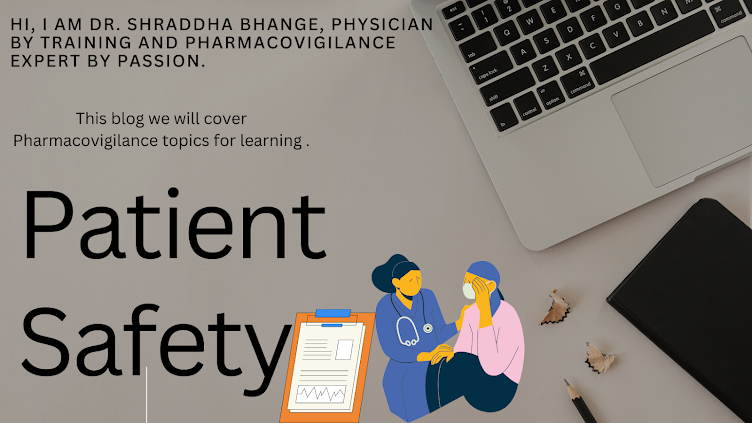ICH Guideline- E2A
CLINICAL SAFETY DATA MANAGEMENT:
DEFINITIONS AND STANDARDS FOR
EXPEDITED REPORTING
E2A
Anyone who starts working in PV or is working in PV has to know the ICH guidelines sooner than later. Knowing ICH guidance is must, as this guidance help you know requirements for US, EU and other countries. Although this documents are freely available on internet, we have to refer them on ongoing basis as per our questions rather than just reading it once. Also, despite reading them, they do appear overwhelming as its daunting to extrapolate what exactly is requirement. Hence my attempt to summarize it below.
This document describes the requirements of reporting ICSR in clinical trials.
Reference here : https://database.ich.org/sites/default/files/E2A_Guideline.pdf
Summarizing a high level points from the module for revision below.
1. Definitions of Adverse event and adverse drug reactions.
"Adverse event: Any untoward medical occurrence in a patient or clinical investigation
subject administered a pharmaceutical product and which does not
necessarily have to have a causal relationship with this treatment."
"Adverse drug reaction: all noxious and unintended responses to a medicinal product related to
any dose should be considered adverse drug reactions."
It also details about seriousness and expectedness definitions.
2. What is reportable?
1. ICSR:
- Serious unexpected and suspected adverse drug reactions - within 7 days and 15 days as per seriousness criteria.
- ICH recommends notifying serious life threatening or death ADR within 7 calendar days of a sponsor (MAH/Pharma company ) becomes aware of it. And then additional of 8 days to gather additional follow up information required medically to clarify the ADR.
- The timeline recommended for serious unexpected ADR which are not fatal or life threatening is 15 calendar days from the day sponsor becomes aware of.
- For blinded study, only if medically required and when risk outweighs benefit of keeping it blinded then only a blind is broken for a single patient for one serious unexpected ADR.
- ICH recommends this should only be done for reporting to HA and as possible other people should not be informed about blind broken results such a clinicians, biometrics responsible for study’s conclusion.
3. Other safety information that is reportable:
"a. "expected," serious ADR, an increase in the rate of occurrence which is
judged to be clinically important.
b. A significant hazard to the patient population, such as lack of efficacy with a
medicinal product used in treating life-threatening disease.
c. A major safety finding from a newly completed animal study (such as
carcinogenicity)."
4. How and what and who to report?
CIOMS I is acceptable format for reporting to regulatory agencies, ethics committee, Partners etc. The guidance provides insights into minimum expectations on reporting requirement for all 4 minimum criteria.
5. Other pointers:
- This timelines are difficult when a sponsor is running trial in multiple geographic locations, and various companies like CRO, PV dept etc is involved.
- Many times investigators or site staff have technical issues to send information, patient non compliance to provide information or patient being in some other place etc which makes reporting this information difficult. This has all to be taken into account while designing trial.
- In this scenario many PV professional prefer over reporting rather than under reporting, they report ADR as available not to miss timeline of HA (health authorities) and then make maximum effort in next instance to submit new information.
- ICH recommends in this situation where more information is awaited, initial ADR report can be submitted if it has following criteria , identifiable patient, suspect product, identifiable reporting source and an event or outcome identified as serious, unexpected and suspicion of casual relationship.
While i have tried my best to explain things, original guidelines should or has to be refereed, my understanding may not replace or be substitute to them at all.
Written by:
Dr.Shraddha Bhange.
Connect with me Via comments below. (I do not respond to Facebook messages)
Support the cause of better rural education with me:ThinkSharp Foundation http://thinksharpfoundation.org/#home


No comments:
Post a Comment
Please share your suggestions, they are most welcome!